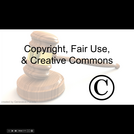
This lesson was created to introduce learners to Copyright law, the Fair Use Doctrine, and the Creative Commons.
- Subject:
- Law
- Material Type:
- Activity/Lab
- Interactive
- Date Added:
- 05/06/2016

This lesson was created to introduce learners to Copyright law, the Fair Use Doctrine, and the Creative Commons.
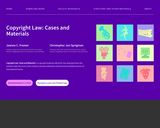
Copyright Law: Cases and Materials is a free copyright law textbook designed for a four-credit copyright course, which is what we teach at NYU School of Law. Model syllabi for four-credit and three-credit courses are available in the Faculty Resources section of this website. All faculty teaching copyright law are welcome to access the Faculty Resources, including the faculty discussion forum, by becoming a registered user of the site. To register, write us at jeanne.fromer@nyu.edu or christopher.sprigman@nyu.edu.
The textbook is made available under a Creative Commons Attribution-NonCommercial-NoDerivatives 4.0 International License. Under the terms of this license, you are free to copy and redistribute the textbook in part or whole in any format provided that (1) you do so only for non-commercial purposes, and (2) you comply with the attribution principles of the license (credit the authors, and link to the license). Note please that this license does not permit you to make modifications to the textbook or to create derivative works. That said, there are a wide variety of derivatives that we would gladly permit. If you want to make modifications to the textbook, please contact us.
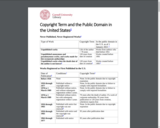
This chart is essential for anyone interested in knowing more about copyright laws in the United States. It provides term length based on date of creation, published or unpublished works, anonymous works, works made for hire, and more. It is well organized and provides a quick overview of the law as it has changed over the years in the United States.

This infographic introduces the basics of copyright in the United States. The following link will take you to an accessible infographic transcript: https://docs.google.com/document/d/1enVXgl6GqqwBluClRWckIYYhxcabPfQ97HZiqqG7p48/edit?usp=sharing
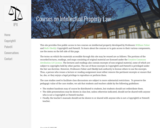
The Copyright X Course is taught by professors at Harvard University and is available synchronously to a limited number of librarians each year. However, the entire course content is available online and is openly licensed. This is a more traditional course on copyright and includes topics that would largely be discussed in a law classroom, such as theories underlying copyright law, cultural theory as it applies to copyright, and secondary liability for copyright. The course also covers many traditional areas of copyright, though, including basic foundations of copyright law, the different rights included with copyright (such as the right to reproduction, distribution and performance), and, of course, fair use. Included in the course are video lectures and lecture slides.
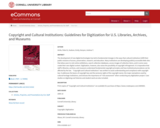
This is a full length monograph aimed at helping libraries, archives, and museums navigate copyright law involving digitization. In the course of the book, though, the authors helpfully unpack many areas of copyright law including Section 108 of the Copyright Act, Fair Use, Licensing, and Risk Management. It is a great primer on copyright law and includes many helpful key points, flowcharts and timelines.

Performance Objectives: Understand the basics of copyright and fair use in relation to open educationImplement the Creative Commons Licenses Copyright. We know what it is. And that it is complicated. The digital world has drastically changed how we access, use and interact with copyrighted content.

Performance Objectives: Understand the basics of copyright and fair use in relation to open educationImplement the Creative Commons Licenses Copyright. We know what it is. And that it is complicated. The digital world has drastically changed how we access, use and interact with copyrighted content.
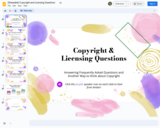
Answering Frequently Asked Questions and Another Way to Think about Copyright.

This curriculum, developed as the final project for the Creative Commons for Academic Librarians Certificate course, is designed for students in introductory Library and Information Science courses. The unit offers a broad overview of fundamental concepts in copyright, fair use, and open licensing. The materials include readings, multimedia resources, discussion questions, and practical assignments. The curriculum addresses real-world challenges faced by librarians, explores the nuances of open licenses, and guides students through hands-on activities, fostering a deeper understanding of copyright issues in the digital age.
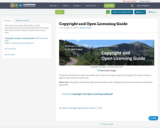
This step-by-step guide will provide you with information about open licensing and walk you through all the steps needed to apply an open license on your work.
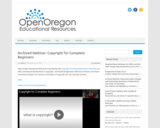
This webinar complete with slides, a video, and an extra resources/Q&A briefing at the end is a wonderful place to start if you've never studied copyright before. It could accompany some basic copyright readings, or be used as a copyright primer on its own. It is geared towards a library science audience and is a straightforward introduction to copyright formation, fair use, basic licensing, and Creative Commons licensing.
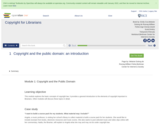
This is a full length textbook explaining copyright for librarians. It has a particularly helpful chapter explaining international treaties and the Berne three-step test. The chapter on "creative approaches and alternatives" has a helpful introduction to the Creative Commons as well as Open Access.
It also has helpful case study examples to demonstrate the concepts in an applied manner which really will help students to better understand the content of the textbook.
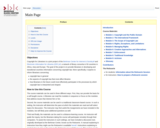
This open education online course is designed for librarians to gain a basic understanding in copyright, international copyright issues, licensing, and it even contains a module on traditional knowledge and activism.
The modules on activism and traditional knowledge make this resource a bit unique and useful as an add-on to any "traditional" copyright training modules.
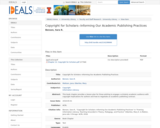
This book chapter provides a lesson plan for those wishing to engage a scholarly academic audience with copyright implications for authors and how to negotiate an academic publishing contract. It is an interactive "game" where students play either the author or the publisher and negotiate copyright, open access, and article publication fees.

There seems to a little confusion in our minds so now I would like to discuss few salient features to give out the diference between Copyright and Copyleft.
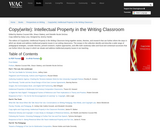
The editors of Copy(write): Intellectual Property in the Writing Classroom bring together stories, theories, and research that can further inform the ways in which we situate and address intellectual property issues in our writing classrooms. The essays in the collection identify and describe a wide range of pedagogical strategies, consider theories, present research, explore approaches, and offer both cautionary tales and local and contextual successes that can further inform the ways in which we situate and address intellectual property issues in our teaching.

This infographic introduces the main aspects of Creative Commons licenses. An accessible infographic transcript is available at this url: https://docs.google.com/document/d/1mHMBXlnnMKMxEcTpNv9QZ97rqf_Lt7i9H4ipg--fmC0/edit?usp=sharing

The AASL Standards Framework for Learners includes the shared foundation of Engage. This standard guides students to the ethical use of information, including things created by others as well as by the students themselves. Students will explore background on copyright and fair use, understand creative commons and how to use it, as well as discover public domain resources. Lesson Outcomes for Students: Define copyright and fair use; Identify and understand Creative Commons licenses; Apply a Creative Commons license to a product; Search for Creative Commons and public domain materials on the web; Properly attribute Creative Commons and public domain materials. Cover Image Attribution: Pixabay, CC0
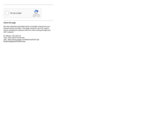
This open access book is tailored to educators and librarians to teach them more about how to use and apply creative commons licenses. The book covers the basics of copyright law and licensing, as well as how to choose, find, and use creative commons licensed materials. There is an entire section of the book specifically dedicated to creative commons for educators and librarians, including chapters on open access to scholarship, open pedagogy, open educational resources, and more.